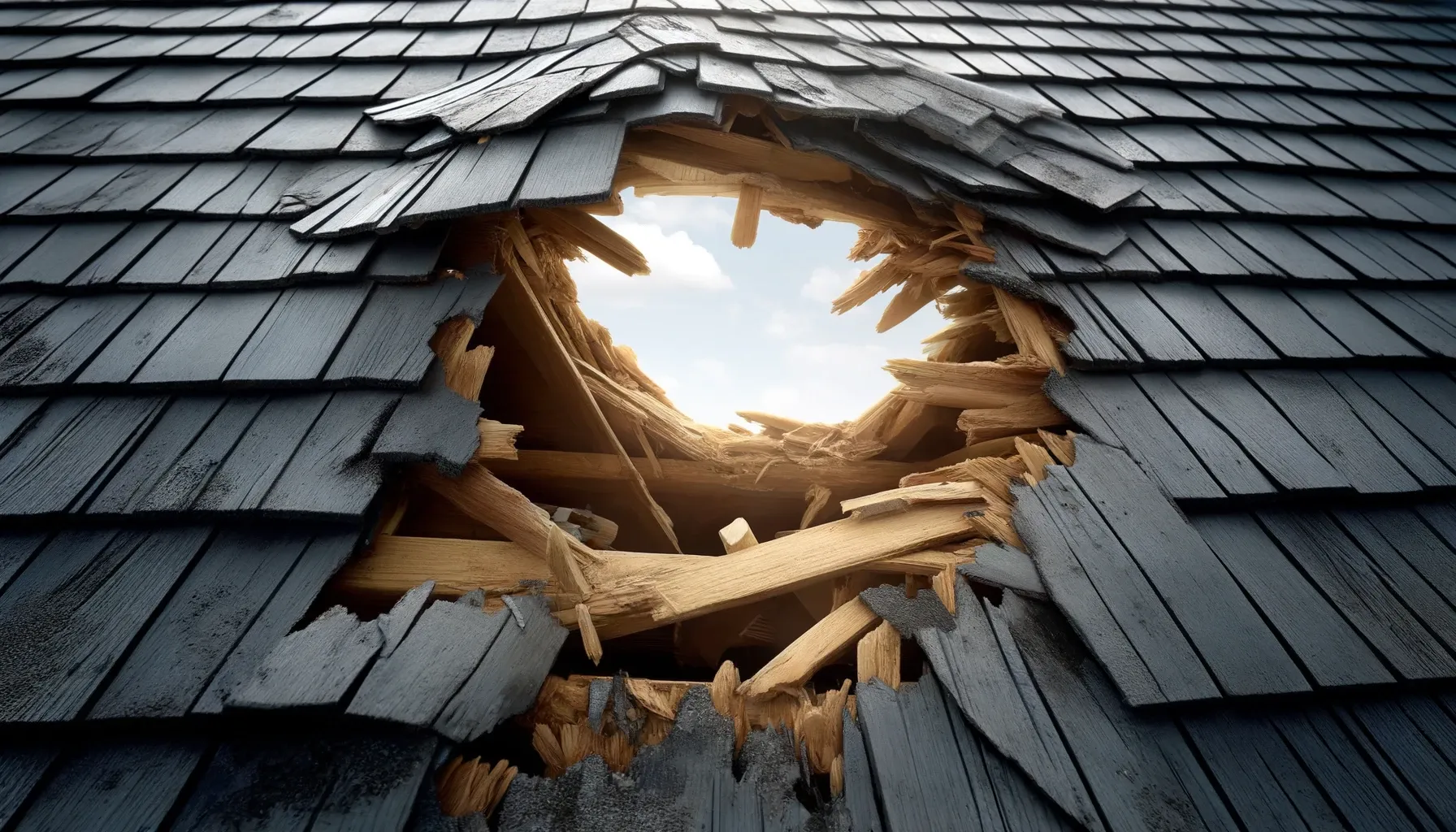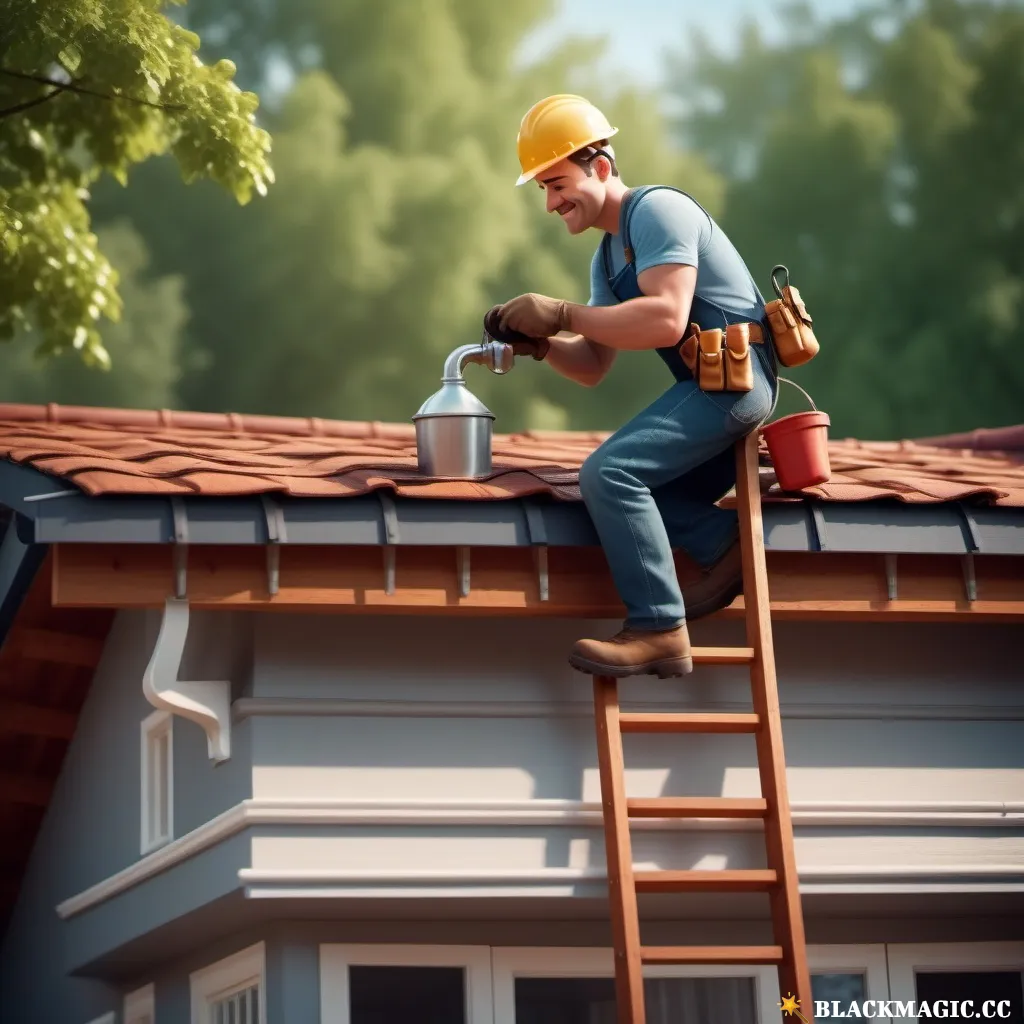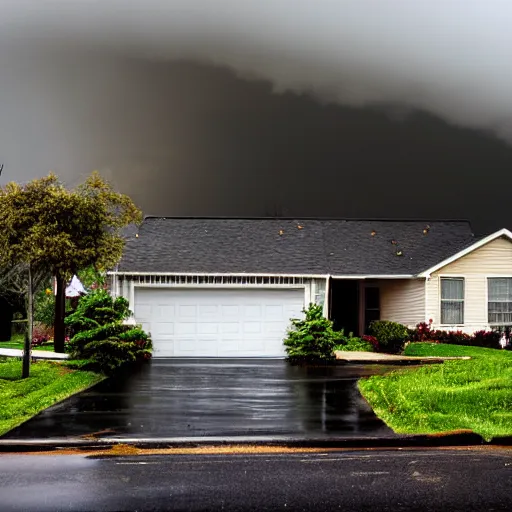How to Tell if a Roof is Bad?
So let's learn how to easily identify signs that indicate your roof is in bad shape.
From missing shingles to water leaks, there are several key indicators that can help you determine if it's time for a roof replacement.
By knowing what to look for and being proactive about repairs, you can ensure your home is protected from potential damage caused by a deteriorating roof. How can you tell if a roof is bad?
Have you ever looked up at your roof and wondered if it's in good condition? Oftentimes, we don't pay much attention to our roofs until there's a major issue. But catching roof problems early can save you time, money, and stress in the long run.
Now we'll dive into how to tell if a roof is bad so you can keep your home safe and secure.

Signs of a Bad Roof
Let's start by examining some common signs that indicate your roof may be in bad shape. From leaks to missing shingles, these red flags can help you determine if your roof needs some attention.
Water Stains on Ceilings
Do you see water stains on your ceilings or walls?
These stains are a clear indication that your roof is allowing moisture to seep into your home. Water stains can be caused by leaking roofs, damaged flashing, or clogged gutters. If you notice water stains indoors, it's crucial to inspect your roof as soon as possible to prevent further damage.
Missing or Damaged Shingles
Take a moment to look at your roof from the ground. Do you see any missing or damaged shingles?
Shingles play a crucial role in protecting your home from the elements. If shingles are cracked, curling, or completely missing, your roof is vulnerable to leaks, mold, and water damage. It's important to address missing or damaged shingles promptly to avoid more extensive repairs in the future.
Sagging Roof
Does your roof have a noticeable sag in certain areas?
A sagging roof is a serious problem that requires immediate attention. A sagging roof can indicate structural issues, water damage, or a weakened foundation. If you notice your roof is sagging, it's crucial to contact a professional roofing contractor to assess the extent of the damage and recommend necessary repairs.
Granules in Gutters
Check your gutters for an excessive amount of granules.
As shingles age, they tend to lose granules, which are small specks that protect the shingles from UV rays and harsh weather.
If you notice an abundance of granules in your gutters, it's a sign that your shingles are deteriorating and may need to be replaced soon. Keep an eye on your gutters regularly to ensure your shingles are in good condition.
Roof Leaks
Have you noticed water dripping from your ceiling during a rainstorm? Roof leaks are a telltale sign that your roof is in poor condition. Leaks can occur due to damaged flashing, cracked shingles, or improper installation.
It's essential to address roof leaks promptly to prevent water damage to your home's interior and structure. If you're experiencing roof leaks, contact a roofing professional to identify the source of the problem and recommend necessary repairs.
How to Check Your Roof
Now that you're aware of the signs of a bad roof, let's explore how you can perform a thorough inspection of your roof to determine its condition.
Keep in mind that safety should be your top priority when inspecting your roof. If you're uncomfortable with heights or unsure about your ability to inspect your roof safely, consider hiring a professional roofing contractor to perform the inspection for you.
Safety Precautions
Before you climb up onto your roof, ensure that you have the necessary safety equipment, such as a sturdy ladder, harness, and proper footwear. It's also important to choose a clear, dry day to inspect your roof, as wet or icy conditions can be hazardous.
Also, inform someone of your plans to inspect your roof, so they're aware in case of an emergency. Safety should always come first when inspecting your roof.
Exterior Inspection
Start by examining the exterior of your roof from the ground. Look for any obvious signs of damage, such as missing or damaged shingles, sagging areas, or debris buildup. Use binoculars to get a closer view of your roof if needed. Take note of any potential issues you observe, such as loose flashing or cracked shingles.
Attic Inspection
Next, head up to your attic to inspect the underside of your roof. Use a flashlight to examine the attic for signs of water stains, mold, or daylight coming through the roof.
Check for any signs of moisture, such as damp insulation or wood. If you discover any water-related issues in your attic, it's likely that your roof is allowing water penetration and needs immediate attention.
Roof Surface Inspection
If you feel comfortable doing so, climb up onto your roof to conduct a thorough surface inspection. Walk carefully and avoid stepping on cracked or damaged shingles.
Check the condition of your shingles, flashing, vents, and chimney for any visible damage. Look for signs of wear and tear, such as granule loss, curling shingles, or rusted flashing. Take note of any areas that require repairs or replacement.
Professional Inspection
If you're unsure about the condition of your roof or notice significant damage during your inspection, it's best to hire a professional roofing contractor to assess your roof.
A professional roofer has the expertise, tools, and experience to identify potential issues and recommend appropriate repairs or replacements. Investing in a professional inspection can provide you with peace of mind and ensure your roof remains in good condition.

Maintenance Tips for a Healthy Roof
Now that you know how to tell if a roof is bad, let's explore some essential maintenance tips to keep your roof in top shape. By following these maintenance practices, you can extend the lifespan of your roof and prevent costly repairs down the line.
Clean Your Gutters Regularly
Clogged gutters can lead to water backup, roof leaks, and damage to your home's foundation. Make it a habit to clean your gutters regularly to remove debris, leaves, and other obstructions that can prevent proper drainage. Use a ladder, gloves, and a scoop to clear out your gutters and downspouts, especially in the fall and spring when debris tends to accumulate.
Trim Overhanging Branches
Overhanging tree branches can pose a threat to your roof, especially during storms or high winds. Trim back branches that hang over your roof to prevent damage from falling limbs, abrasions from rubbing branches, and clogged gutters from leaves and debris. Keeping branches trimmed can also reduce the risk of pests and critters accessing your roof.
Inspect Your Roof Annually
Schedule an annual roof inspection to check the condition of your roof and identify any potential issues early on. A professional roofing contractor can perform a comprehensive inspection to assess the integrity of your roof, recommend repairs or maintenance, and ensure your roof is in good condition. Regular inspections can help you catch problems before they escalate and save you money in the long run.
Address Repairs Promptly
If you notice any signs of damage, such as missing shingles, cracked flashing, or leaks, address repairs promptly to prevent further deterioration of your roof.
Delaying necessary repairs can lead to more extensive damage, increased repair costs, and potential safety hazards. Contact a roofing professional to assess the issue and recommend the best course of action to restore your roof.
Invest in Roof Maintenance Programs
Consider investing in a roof maintenance program offered by reputable roofing companies.
Roof maintenance programs typically include regular inspections, preventative maintenance, repairs, and priority service in case of emergencies. By enrolling in a maintenance program, you can ensure your roof receives the care it needs to remain in optimal condition and avoid unexpected issues.
In conclusion, knowing how to tell if a roof is bad is essential for maintaining the health and integrity of your home.
By being vigilant about the signs of a bad roof, conducting regular inspections, and following proper maintenance practices, you can prolong the lifespan of your roof and prevent costly repairs.
Remember to prioritize safety when inspecting your roof and seek professional help when needed. With proactive care and maintenance, you can keep your roof in top shape and ensure your home remains safe and secure for years to come.







